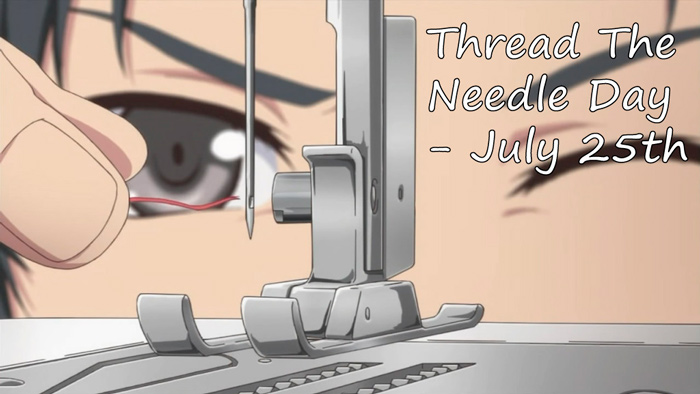On the birthday of the washing machine, we offer you a selection of interesting facts about this useful invention.
More interesting facts on our “Planet of Facts” in Telegram. Join in!
- An ordinary rope became the prototype of a washing machine. What is the main difference between a machine and manual washing methods? That’s right – in the minimization of applied efforts! So the ancient sailors guessed to tie underwear to a rope, which was then lowered overboard. The ship moved on sails or oars, while the laundry was slowly being washed by the sea waves. Of course, with such washing, sea salt remained on the linen, but with fresh water during swimming in those days it was difficult anyway.
- The ancient Babylonians can also boast of their ingenuity. They designed a wheel with several blades attached to it. This wheel was placed in a vat with soaked linen. Thanks to the rotation of the wheel, things were washed perfectly and quickly.
- A gold prospector from California invented the idea of adding the traction of animals to the washing procedure. He designed a unit that was powered by 10 mules. In one approach, the device could wash 15 shirts. The enterprising inventor was not lost and began to take money from his friends – this is how the world’s first laundry was opened.
- The mention of the first officially patented washing machine appeared in 1856. The invention belongs to the American Moore, who created an unusual device on wheels. Dirty laundry was thrown into a box with a wooden frame above it and poured with a soapy solution with wooden balls. After that, they began to make vertical movements of the frame. Thanks to the fact that the wooden balls were constantly activated, high-quality washing took place.
- The world’s first washing machine was put into mass production more than a hundred years ago, in 1907. It was invented by William Blackstone. It was a wooden box with an outward-looking handle. This handle had to be turned by hand to make the machine work. But a year later, another model that worked on electricity went on sale.
- There are highly specialized models of washing machines that are not designed for washing clothes at all. So, in the 21st century, an inventor from the USA patented a model for washing glasses, regular and sunglasses. And in Spain, a “washing machine for pets” was invented. No cruelty to animals – it was a normal shower cubicle, compact and designed to wash our smaller brothers with minimal stress for them.
- The design of these household appliances continues to improve. There are already fully robotic models capable of not only washing, wringing and drying clothes, but also ironing them and then hanging them on special shelves. However, they are very expensive.
- In the USA, almost no one has their own washing machines in their apartments – everyone uses laundries. This is the merit of the famous gangster Al Capone, who opened a huge number of cheap laundromats throughout Chicago to launder money. Then he was still put in prison, but the laundries remained, as did the habit of using them. In Thailand, by the way, people usually also use laundries.
- As you know, any washing machine, except for an ultrasonic one, consumes a lot of electricity. There are various ways to save – you can, for example, set the timer for automatic washing at night, when the electricity tariff is more favorable. Or you can reduce the washing temperature, because heating water consumes a huge amount of energy. Washing at 60°C will cost you half as much as at 90°C.
- In the instructions for most washing machines, it is written that it is forbidden to use powder for hand washing in them. This is not a quirk of the manufacturer – the mechanism washes much more intensively than human hands, and “hand” powder or gel will give too much foam. And an excessive amount of foam can lead to a serious breakdown and short circuit.
- In all washing machines, scale forms from time to time, which can only be combated with the help of special, rather expensive means. Some people use vinegar instead, which costs a pretty penny and still gets the job done. But they do not think about the fact that vinegar damages rubber seals and some other elements of the mechanism, thereby shortening their service life.
- In the first electric washing machines, everything had to be done by hand, even pouring water into them. In 1920, engineers figured out how to implement its heating, 10 years later, automatic water draining after the washing cycle appeared, and the first semi-automatic modes appeared in 1949.
- Also, initially, washing machines did not have a solid body that would cover the moving parts of the mechanism. After an American woman almost pulled her head inside while washing, getting caught in her hair, all models began to be produced with full-fledged cases. This happened in the first half of the 20th century.




































